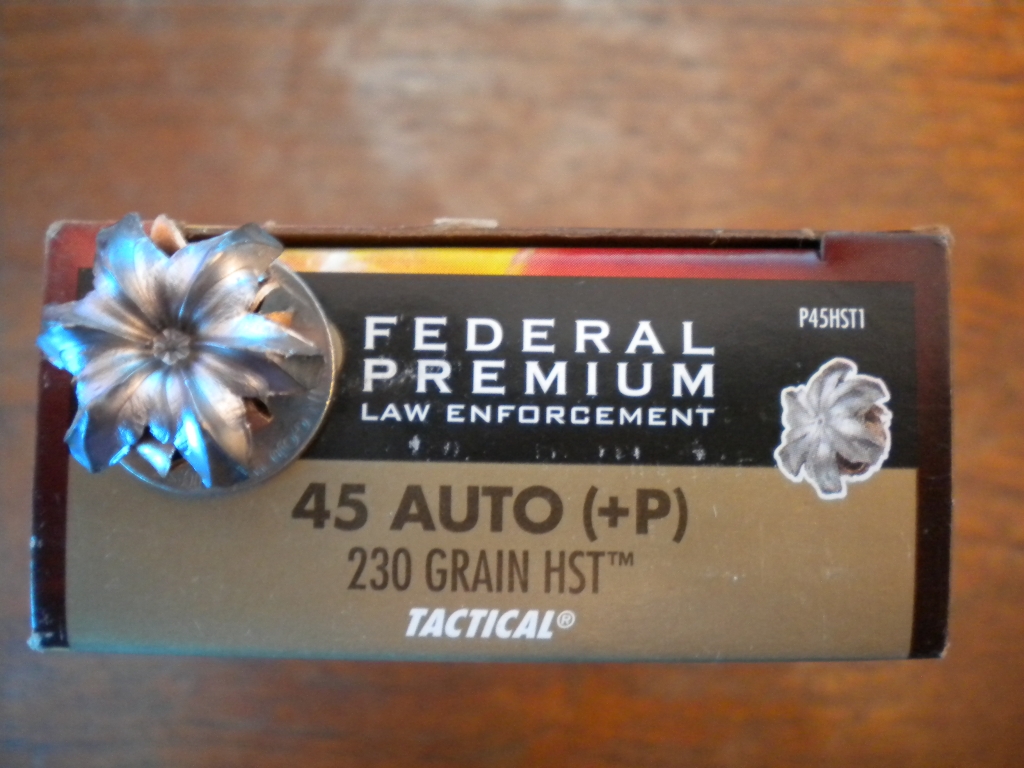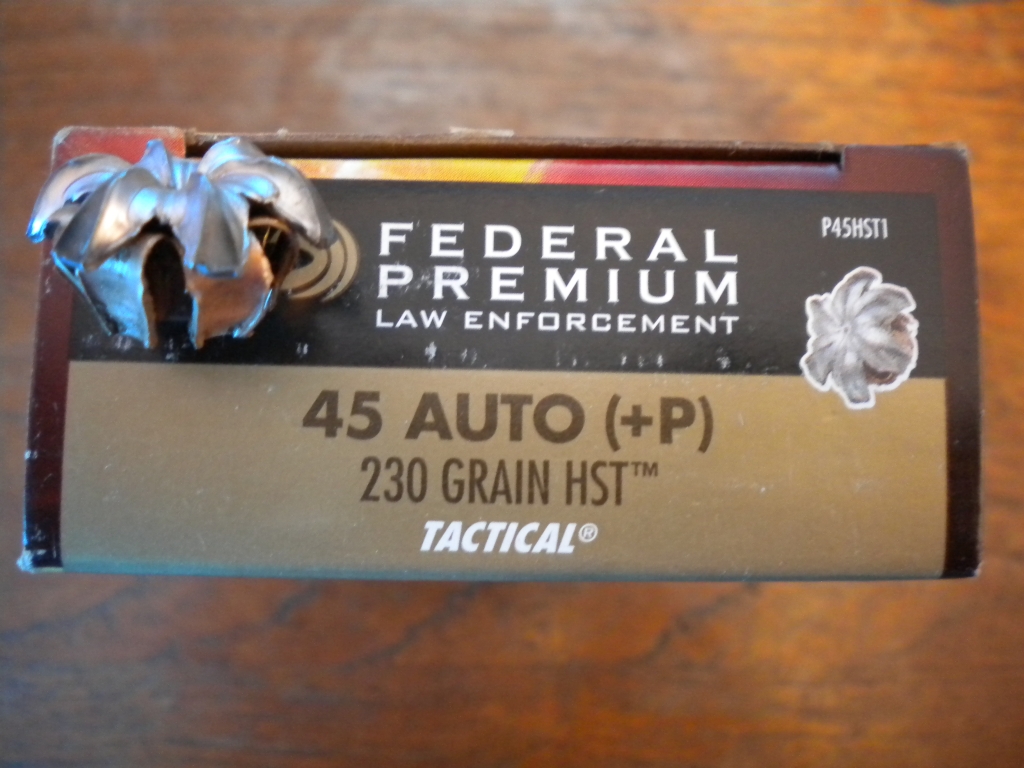Came back to the thread after a few days away, and I need to comment on some of the things said...
A lighter bullet going faster will have more energy, and decelerate faster transferring more of the energy due to the reduced momentum. 230g ball ammo penetration is sometimes like 29in. Which if you figure the fbi standard of a max of 18in thats 11in of over penetration and wasted energy/liability.
I understand your reasoning, but I think there are some points you're not considering. First the math we use for energy numbers is very heavilty weighted towards velocity. The faster bullet will have a higher energy number, but that doesn't mean anything other than a higher energy number.
Energy numbers alone do not tell the entire story of bullet effectiveness. They are a handy number to use for relative comparison but energy alone isn't all that meaningful, other than as an indication of potential. Potential, not results. Results depend on many other factors, besides just energy.
One can. for example, load a .22-250 and a .45-70 to identical energy numbers. Which would you choose to stop a buffalo or bear?? With identical energy, math says they should be identically effective, right? Real world results says otherwise. Mass, momentum area, as well as penetration and, of course the most important, aim are all just as, or more important than ft/lbs of energy alone.
Next, "wasted" penetration... a common concept, but one I don't see as having any real application. There is a difference between what is important to a police agency and what is important to individual survival in a defensive shooting situation.
This is the important lesson from the 1986 FBI Miami shoot out. The round that got the "official" blame (a 9mm JHP) met all the FBI standards (at the time) but stopped just short of immediately stopping the bad guy. It delivered a fatal wound, but not an instantly incapacitating one.
Since then, the FBI has "revised" its standards. The point is that a round that meets those standards can still fail to have sufficient penetration in a real world situation due to variables that cannot be well accounted for or reproduced in testing. There is no magic bullet , and I much prefer a round that goes to its intended target, and then through it, over one that doesn't.
I happily accept "waste" in order to have a reasonable expectation of performing the desired task under any conceivable circumstances.
Mr Browning thought 200 grains was about right. I think the only reason it ended up 230 is that the Army could not cram the 1873 era 250 into a short automatic's case.
This is sort of correct...Browing's original ammo offering was a 200gr @900fps, and certainly would have worked, but it wasn't what the customer (US Army) wanted. The choice of 230gr had nothing to do with cramming a 250 into the short automatic's case, it had to do with what the Army had experience with and trusted, a 230gr at 830-850fps range. This was the load for the .45 Schoefield, which they had been using for decades. While they were ok accepting the new semi auto pistol, the demanded an old tried and true loading, so that's what Browing gave them, but with an FMJ bullet not a lead one.


